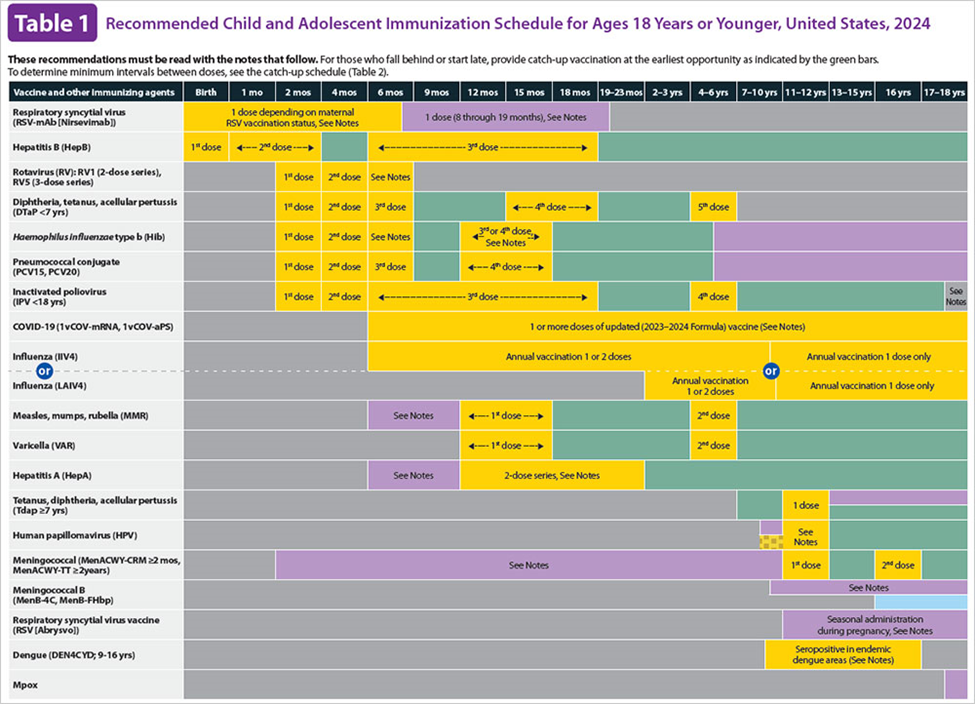A nurse is collecting data from an infant who has gastroesophageal reflux. Which of the following findings should the nurse expect? (Select the 3 that apply.)
Wheezing
Rigid abdomen
Pallor
Weight loss
Vomiting
Correct Answer : A,D,E
A. Wheezing: Wheezing is a common symptom associated with asthma, which can be exacerbated by gastroesophageal reflux (GER) in infants. GER occurs when stomach contents flow back into the esophagus, leading to irritation and inflammation of the airways. This inflammation can cause wheezing sounds during breathing, especially if the refluxed material reaches the lower respiratory tract.
B. Rigid abdomen: While gastroesophageal reflux (GER) primarily affects the upper gastrointestinal tract, it typically does not cause a rigid abdomen. A rigid abdomen may indicate other underlying gastrointestinal issues such as bowel obstruction, intussusception, or peritonitis. These conditions are not typically associated with GER in infants.
C. Pallor: Pallor, or paleness of the skin, is not a common symptom of gastroesophageal reflux (GER) in infants. GER primarily affects the upper gastrointestinal tract and is characterized by symptoms such as spitting up, regurgitation, and irritability. Pallor may be indicative of other health issues such as anemia or circulatory problems but is not directly related to GER.
D. Weight loss: Weight loss can occur in infants with gastroesophageal reflux (GER) if frequent vomiting leads to inadequate intake of nutrients. However, it is not a direct symptom of GER itself. Infants with GER may experience feeding difficulties, irritability, and discomfort associated with feeding, which can contribute to poor weight gain over time if not managed effectively.
E. Vomiting: Vomiting is a common symptom of gastroesophageal reflux (GER) in infants. It occurs when stomach contents flow back up into the esophagus and sometimes out of the mouth. Infants with GER may spit up or vomit frequently after feeding or during burping, which can lead to discomfort and irritability. Vomiting may also contribute to poor weight gain and nutritional deficiencies if not managed effectively.
Nursing Test Bank
Naxlex Comprehensive Predictor Exams
Related Questions
Correct Answer is B
Explanation
A. Influenza:
The influenza vaccine is typically administered annually starting at 6 months of age. It helps protect against seasonal influenza viruses and is usually recommended during the fall or winter months.
B. Rotavirus:
The rotavirus vaccine is routinely administered to infants starting at 2 months of age, with additional doses given at 4 and 6 months of age. It helps prevent rotavirus infection, which can cause severe diarrhea and vomiting in infants and young children.
C. Measles, mumps, rubella (MMR):
The MMR vaccine is typically administered around 12-15 months of age, with a second dose given at 4-6 years of age. It helps protect against measles, mumps, and rubella, which are contagious viral infections that can cause serious complications.
D. Varicella (VAR):
The varicella vaccine, also known as the chickenpox vaccine, is usually administered around 12-15 months of age, with a second dose given at 4-6 years of age. It helps prevent chickenpox, a highly contagious viral infection characterized by a rash and fever.

Correct Answer is D
Explanation
A. Maculopapular lesions between fingers and toes:
This finding is not typically associated with atopic dermatitis. Maculopapular lesions between the fingers and toes are more commonly seen in conditions like scabies or fungal infections.
B. Inflamed area with white exudate:
This finding is also not characteristic of atopic dermatitis. An inflamed area with white exudate may indicate a bacterial infection rather than atopic dermatitis.
C. Nonpruritic erythematous papule:
Atopic dermatitis often presents with erythematous (red) papules (small raised bumps) that are pruritic (itchy). However, the presence of nonpruritic lesions is less typical of atopic dermatitis.
D. Rash with thick skin:
This finding is consistent with atopic dermatitis. Chronic scratching and rubbing of the affected areas can lead to thickening of the skin (lichenification) in individuals with atopic dermatitis.
Whether you are a student looking to ace your exams or a practicing nurse seeking to enhance your expertise , our nursing education contents will empower you with the confidence and competence to make a difference in the lives of patients and become a respected leader in the healthcare field.
Visit Naxlex, invest in your future and unlock endless possibilities with our unparalleled nursing education contents today
Report Wrong Answer on the Current Question
Do you disagree with the answer? If yes, what is your expected answer? Explain.
Kindly be descriptive with the issue you are facing.
